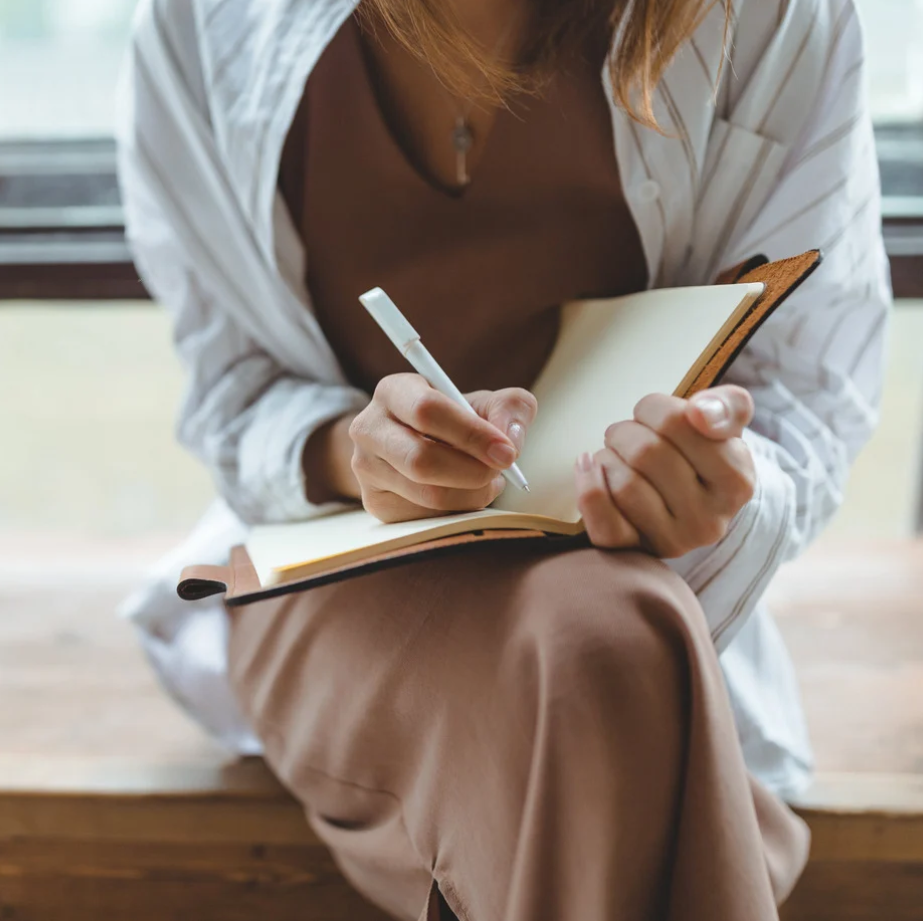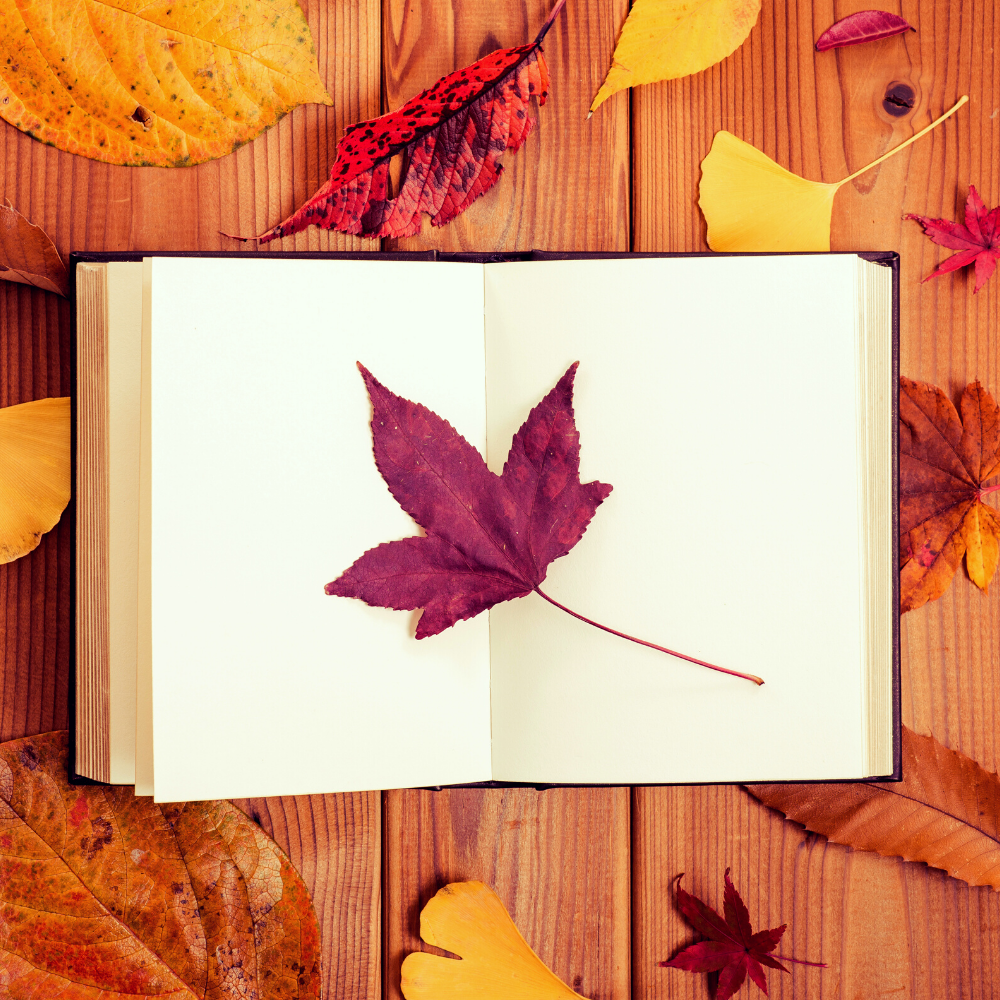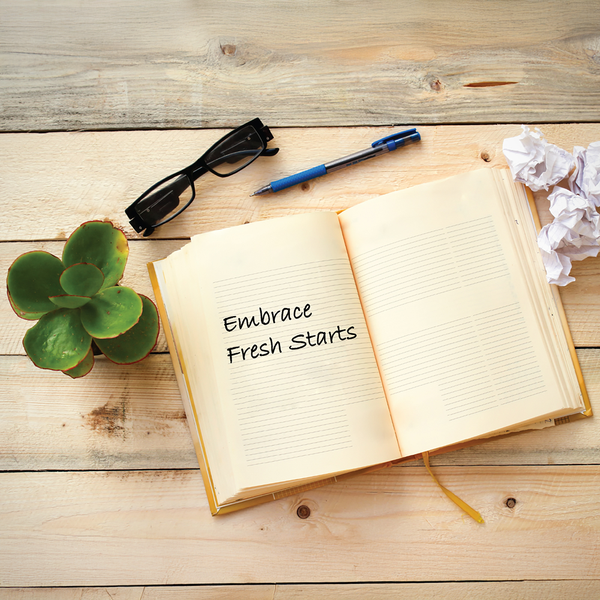Poetry has been a cherished form of expression for centuries, captivating readers with its rhythm, sound, and emotional depth.
But does it always need to rhyme to captivate our hearts?
This article delves into the intricacies of rhyming and non-rhyming poetry, exploring various forms and their significance in the literary world.
Let's explore the world of rhyming and non-rhyming poetry and their unique charms.
Key Takeaways:
- Poetry does not have to rhyme to be impactful or meaningful.
- Free verse poetry offers flexibility and freedom in expression.
- Rhyming poetry and free verse both have unique strengths and appeal to different audiences.

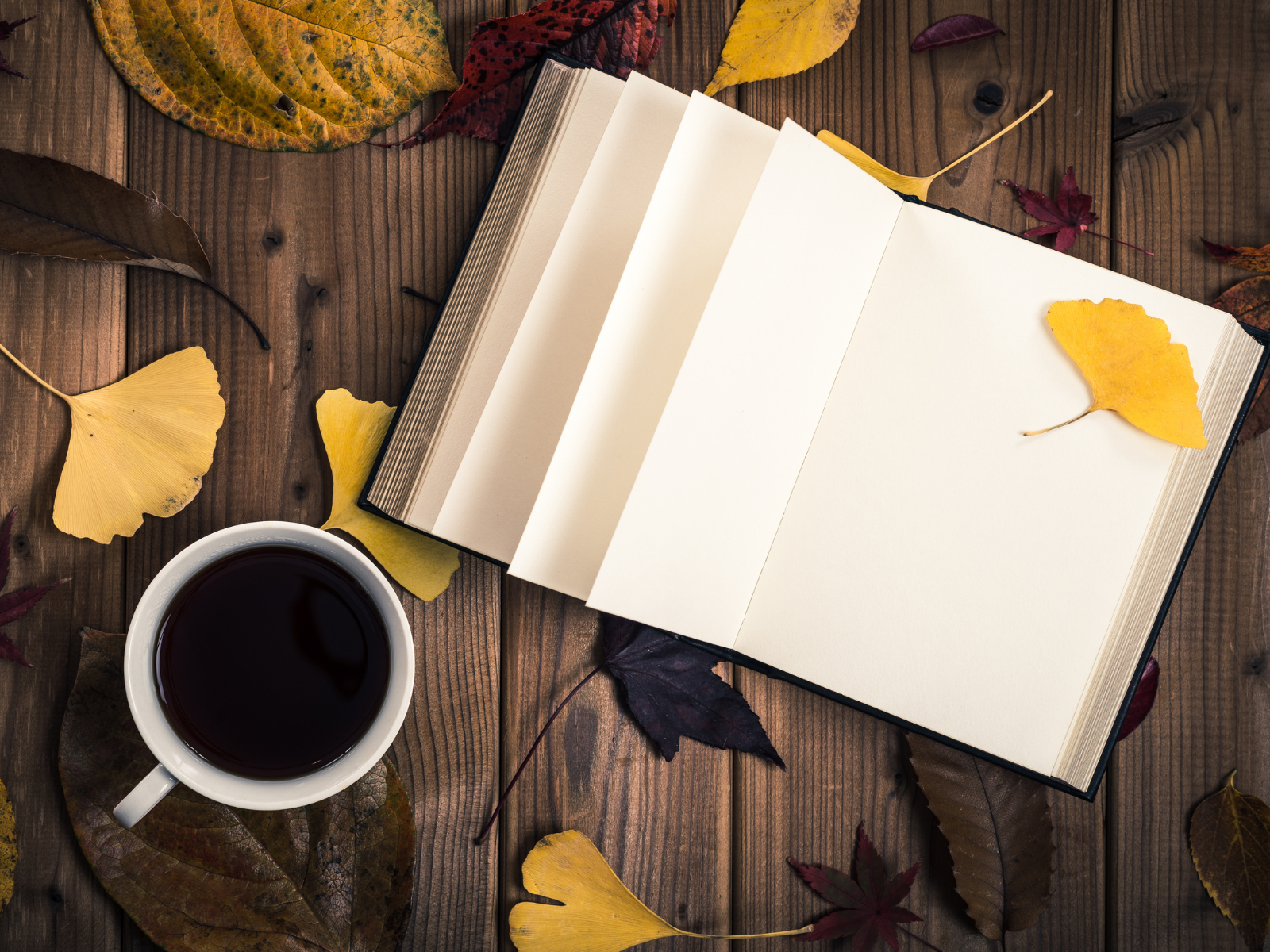
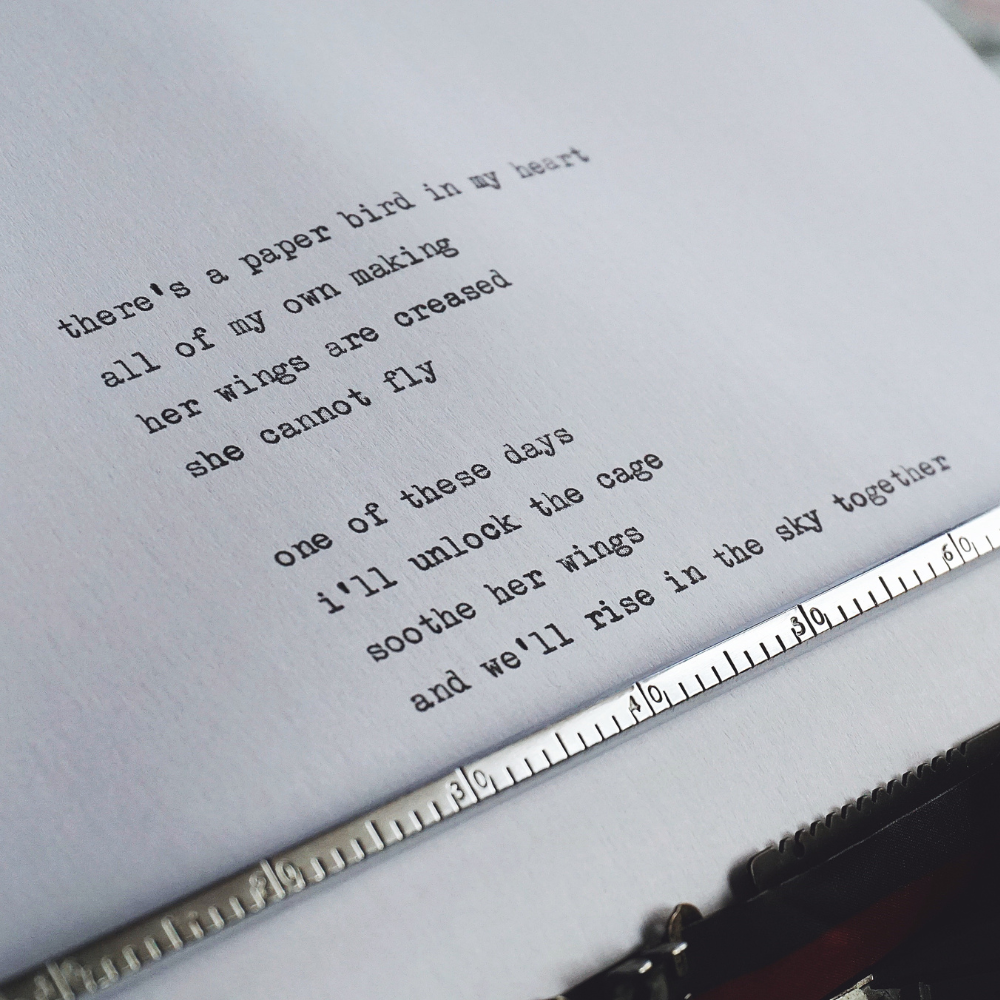
Tradition of Rhyming Poetry
Rhyming poetry has a long-standing tradition, with many poets using rhyme to create rhythm and musicality in their work.
Rhyming lines, where the first and third lines or the second and fourth lines rhyme perfectly, have been a popular form for centuries.
This structure helps to create a sense of harmony and predictability, making the poem more enjoyable to read and easier to remember.
One of the best examples of rhyming poetry is the sonnet, which often follows a specific rhyme scheme.
Shakespeare's sonnets, for instance, are written in iambic pentameter, where each line consists of ten syllables with a pattern of unstressed and stressed syllables.
This meticulous structure not only adds to the beauty of the poem but also challenges the poet to convey emotions within a constrained format.
Emergence of Free Verse Poetry
In contrast to rhyming poetry, free verse poetry does not adhere to any specific rhyme scheme or meter.
This form of poetry allows poets to break free from traditional constraints and experiment with language and structure.
Free verse poems can vary greatly in length, style, and subject matter, offering a more flexible approach to writing poetry.
Free verse poetry gained popularity in the 20th century, with many poets embracing this form to express their thoughts and emotions more freely.
Langston Hughes and Maya Angelou are great examples of poets who have used free verse to create powerful and evocative works.
Their poems often focus on social issues, personal experiences, and the human condition, using vivid imagery and literary devices to engage readers.
Role of Rhyme in Poetry
While rhyme is not a requirement for poetry, it can play a significant role in enhancing the overall impact of a poem.
Rhyming lines can create a sense of rhythm and musicality, making the poem more enjoyable to read aloud.
Additionally, rhyme can help to emphasize certain words or ideas, drawing the reader's attention to key themes or messages.
However, it is important to note that not all poems have to rhyme to be effective.
Many poets choose to write in free verse or blank verse, which does not involve rhyming but still maintains a rhythmic structure.
Blank verse poetry, for example, is written in iambic pentameter without rhyme, allowing poets to create a natural flow while maintaining a sense of order and structure.
Influence of Modern Poetry
Modern poetry has seen a shift towards more diverse and experimental forms, with many poets embracing free verse and other non-traditional structures.
This shift reflects a broader trend in literature and art, where there is a greater emphasis on individual expression and breaking away from established norms.
However, this does not mean that rhyming poetry has become obsolete.
Many modern poets continue to use rhyme in their work, blending traditional and contemporary elements to create unique and innovative pieces.
This blending of styles allows for a richer and more varied poetic landscape, where different forms and approaches can coexist and complement each other.
Importance of Literary Devices
Regardless of whether a poem rhymes or not, the use of literary devices is crucial in creating a powerful and engaging piece of writing.
Literary devices such as metaphor, simile, alliteration, and imagery can add depth and complexity to a poem, helping to convey emotions and ideas in a more vivid and impactful way.
For example, Maya Angelou's poem "Still I Rise" uses repetition and imagery to create a sense of resilience and strength.
The repeated phrase "I rise" serves as a powerful refrain, emphasizing the poet's determination and defiance in the face of adversity.
Similarly, Langston Hughes' poem "Harlem" uses vivid imagery and metaphor to explore the theme of deferred dreams, creating a haunting and thought-provoking piece.
Role of Rhythm in Poetry
While rhyme can contribute to the rhythm of a poem, it is not the only way to create a sense of musicality and flow.
Rhythm can also be achieved through the use of meter, line breaks, and other structural elements.
For example, iambic pentameter, which consists of five pairs of unstressed and stressed syllables, creates a natural and rhythmic flow that can enhance the overall impact of a poem.
In free verse poetry, rhythm can be created through the careful arrangement of words and phrases, as well as the use of line breaks and punctuation.
This allows poets to create a more organic and fluid sense of movement, reflecting the natural rhythms of speech and thought.
By experimenting with different rhythmic patterns, poets can add variety and interest to their work, keeping readers engaged and captivated.

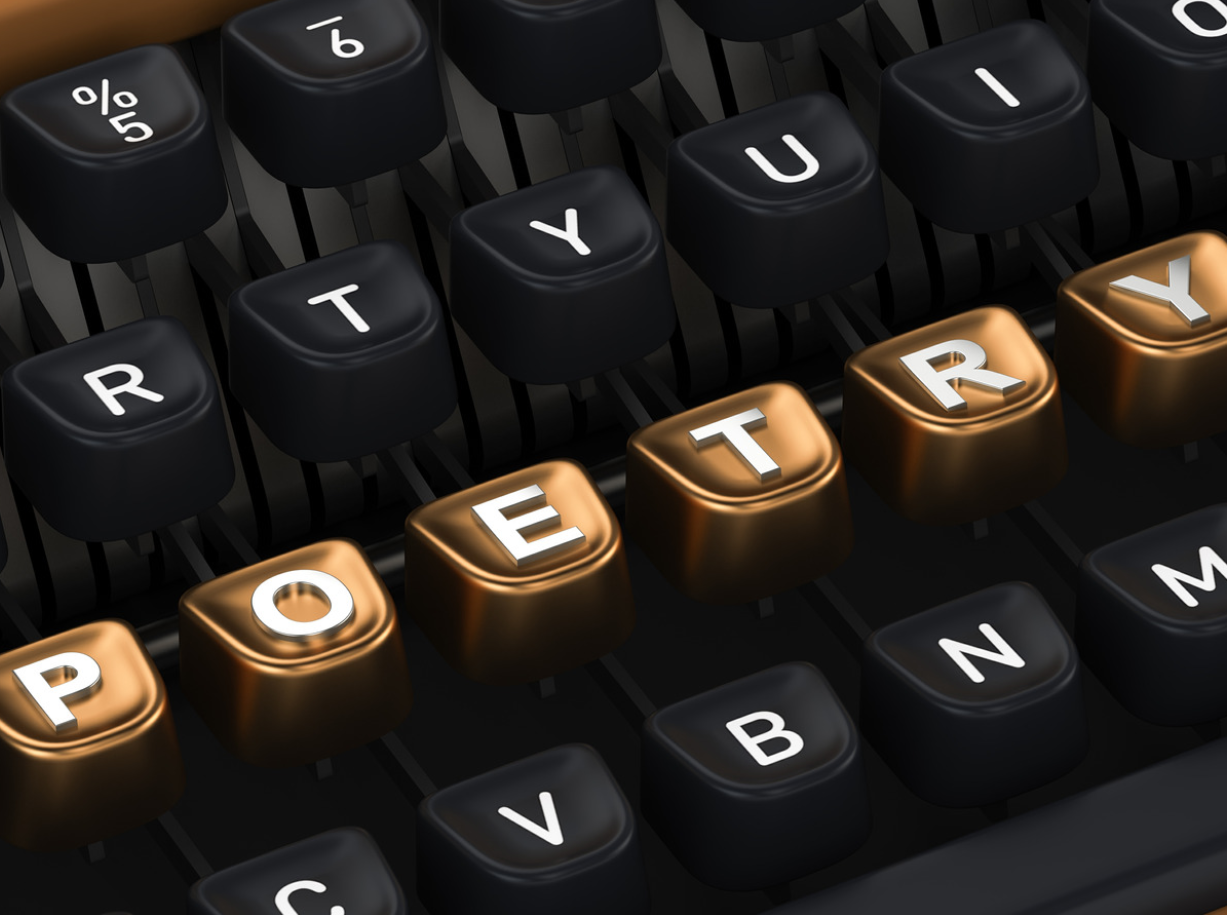

Power of Imagery in Poetry
Imagery is a key element in both rhyming and free verse poetry, helping to create vivid and evocative pictures in the reader's mind.
By using descriptive language and sensory details, poets can bring their ideas and emotions to life, making their work more relatable and impactful.
For example, in the haiku form, poets use concise and precise language to create powerful images in just three lines.
A traditional haiku consists of 17 syllables, with the first line containing five syllables, the second line seven syllables, and the third line five syllables.
This strict structure forces poets to choose their words carefully, creating a sense of clarity and focus that can be incredibly powerful.
Role of Emotion in Poetry
One of the primary purposes of poetry is to convey emotions and connect with readers on a deeper level.
Whether a poem rhymes or not, its ability to evoke feelings and provoke thought is what makes it truly impactful.
By using language, imagery, and rhythm, poets can create a powerful emotional experience for their readers, allowing them to see the world through the poet's eyes.
For example, in Langston Hughes' poem "The Negro Speaks of Rivers," the poet uses vivid imagery and a rhythmic structure to convey a sense of history and identity.
The repeated phrase "I've known rivers" serves as a powerful refrain, emphasizing the poet's connection to his ancestors and their enduring legacy.
This emotional depth and resonance are what make the poem so memorable and impactful.
Influence of Cultural and Historical Context
The cultural and historical context in which a poem is written can also play a significant role in shaping its form and content.
For example, during the Harlem Renaissance, many African American poets used free verse and other experimental forms to explore themes of identity, race, and social justice.
This period of artistic and cultural flourishing saw the emergence of many influential poets, including Langston Hughes and Claude McKay, who used their work to challenge societal norms and advocate for change.
Similarly, the Beat Generation of the 1950s and 1960s saw a resurgence of free verse poetry, with poets like Allen Ginsberg and Jack Kerouac using this form to express their disillusionment with mainstream society and explore new ways of thinking and living.
This cultural and historical context helped to shape the themes and styles of their work, making it a powerful reflection of the times in which they lived.
Role of Form in Poetry
The form of a poem, whether it is rhyming or free verse, can greatly influence its overall impact and effectiveness.
Different forms offer different opportunities and challenges, allowing poets to experiment with language, structure, and meaning in unique ways.
For example, the sonnet form, with its strict rhyme scheme and meter, can create a sense of order and harmony, while also challenging the poet to convey complex ideas within a constrained format.
On the other hand, free verse poetry offers greater flexibility and freedom, allowing poets to break away from traditional structures and explore new ways of expressing their thoughts and emotions.
Role of Line Breaks in Poetry
Line breaks are a crucial element in both rhyming and free verse poetry, helping to create rhythm, emphasis, and meaning.
By carefully choosing where to break a line, poets can control the pacing and flow of their work, creating a more dynamic and engaging reading experience.
In free verse poetry, line breaks can be used to create tension, build suspense, or emphasize certain words or phrases.
This allows poets to experiment with the visual and auditory aspects of their work, adding another layer of meaning and complexity.
In rhyming poetry, line breaks often coincide with the end of a rhyming line, creating a sense of closure and harmony.
Role of Meter in Poetry
Meter, or the pattern of stressed and unstressed syllables in a line of poetry, is another important element in creating rhythm and musicality.
Different meters can create different effects, from the steady and predictable rhythm of iambic pentameter to the more varied and unpredictable patterns of free verse.
For example, in a five-line poem written in iambic pentameter, each line would consist of ten syllables, with a pattern of unstressed and stressed syllables.
This creates a sense of order and harmony, while also allowing for variation and complexity within the structure.
In free verse poetry, meter can be more fluid and flexible, allowing poets to experiment with different rhythmic patterns and create a more organic and natural flow.
Role of Sound in Poetry
Sound is a crucial element in both rhyming and free verse poetry, helping to create rhythm, musicality, and emotional impact.
By using techniques such as alliteration, assonance, and consonance, poets can create a rich and varied soundscape that enhances the overall effect of their work.
For example, in a rhyming poem, the repetition of similar sounds at the end of lines can create a sense of harmony and musicality, making the poem more enjoyable to read aloud.
In free verse poetry, sound can be used more subtly, with poets experimenting with different combinations of words and sounds to create a more nuanced and complex auditory experience.
Role of Structure in Poetry
The structure of a poem, whether it is rhyming or free verse, can greatly influence its overall impact and effectiveness.
Different structures offer different opportunities and challenges, allowing poets to experiment with language, form, and meaning in unique ways.
For example, a traditional sonnet with its strict rhyme scheme and meter can create a sense of order and harmony, while also challenging the poet to convey complex ideas within a constrained format.
On the other hand, free verse poetry offers greater flexibility and freedom, allowing poets to break away from traditional structures and explore new ways of expressing their thoughts and emotions.
Role of Theme in Poetry
The theme of a poem, or the central idea or message it conveys, is a crucial element in both rhyming and free verse poetry.
By exploring different themes and ideas, poets can create work that is thought-provoking, emotionally resonant, and deeply meaningful.
For example, in Maya Angelou's poem "Still I Rise," the theme of resilience and strength in the face of adversity is conveyed through powerful imagery and repetition.
Similarly, in Langston Hughes' poem "Harlem," the theme of deferred dreams is explored through vivid imagery and metaphor, creating a haunting and thought-provoking piece.
Flexibility of Free Verse Poetry
One of the main advantages of free verse poetry is its flexibility.
Without the constraints of a specific rhyme scheme or meter, poets have the freedom to experiment with language, structure, and form.
This allows for a more personal and unique expression, as poets can tailor their work to suit their individual style and voice.
Free verse poetry also allows for greater creativity in terms of line breaks and stanza structure.
Poets can use these elements to create emphasis, build tension, or convey emotions in a more nuanced way.
This flexibility makes free verse an appealing choice for many modern poets, who seek to push the boundaries of traditional poetic forms.
Appeal of Rhyming Poetry
Despite the rise of free verse poetry, rhyming poetry continues to hold a special place in the hearts of many readers and writers.
The predictability and musicality of rhyming lines can create a sense of comfort and familiarity, making the poem more accessible and enjoyable to read.
Additionally, the challenge of crafting a poem with a specific rhyme scheme can be a rewarding experience for poets, pushing them to think creatively and find innovative ways to express their ideas.
Rhyming poetry also has a strong tradition in oral storytelling and performance.
The rhythmic and musical qualities of rhyming poems make them well-suited for recitation, allowing poets to engage their audience through sound and rhythm.
This oral tradition has helped to preserve and pass down many classic poems, ensuring their continued relevance and impact.
Appeal of Blank Verse Poetry
Blank verse poetry, which is written in iambic pentameter without rhyme, offers a middle ground between rhyming poetry and free verse.
This form allows poets to create a rhythmic and structured flow, while also giving them the freedom to experiment with language and meaning.
One of the most famous examples of blank verse poetry is John Milton's "Paradise Lost," which uses this form to create a grand and epic narrative.
The use of iambic pentameter gives the poem a sense of rhythm and musicality, while the lack of rhyme allows for greater flexibility and complexity in the language and themes.
Embrace the Versatility of Poetry
Poetry's beauty lies in its diversity.
Whether it rhymes or flows freely, each form brings its own charm and depth, captivating hearts in unique ways.
Rhyming poetry enchants with its rhythm and melody, while free verse liberates the soul with its boundless expression.
By exploring and appreciating these varied forms, writers and readers alike can unlock the profound emotional resonance that poetry offers.
So, embrace the versatility of poetry and let it speak to you in all its glorious forms.

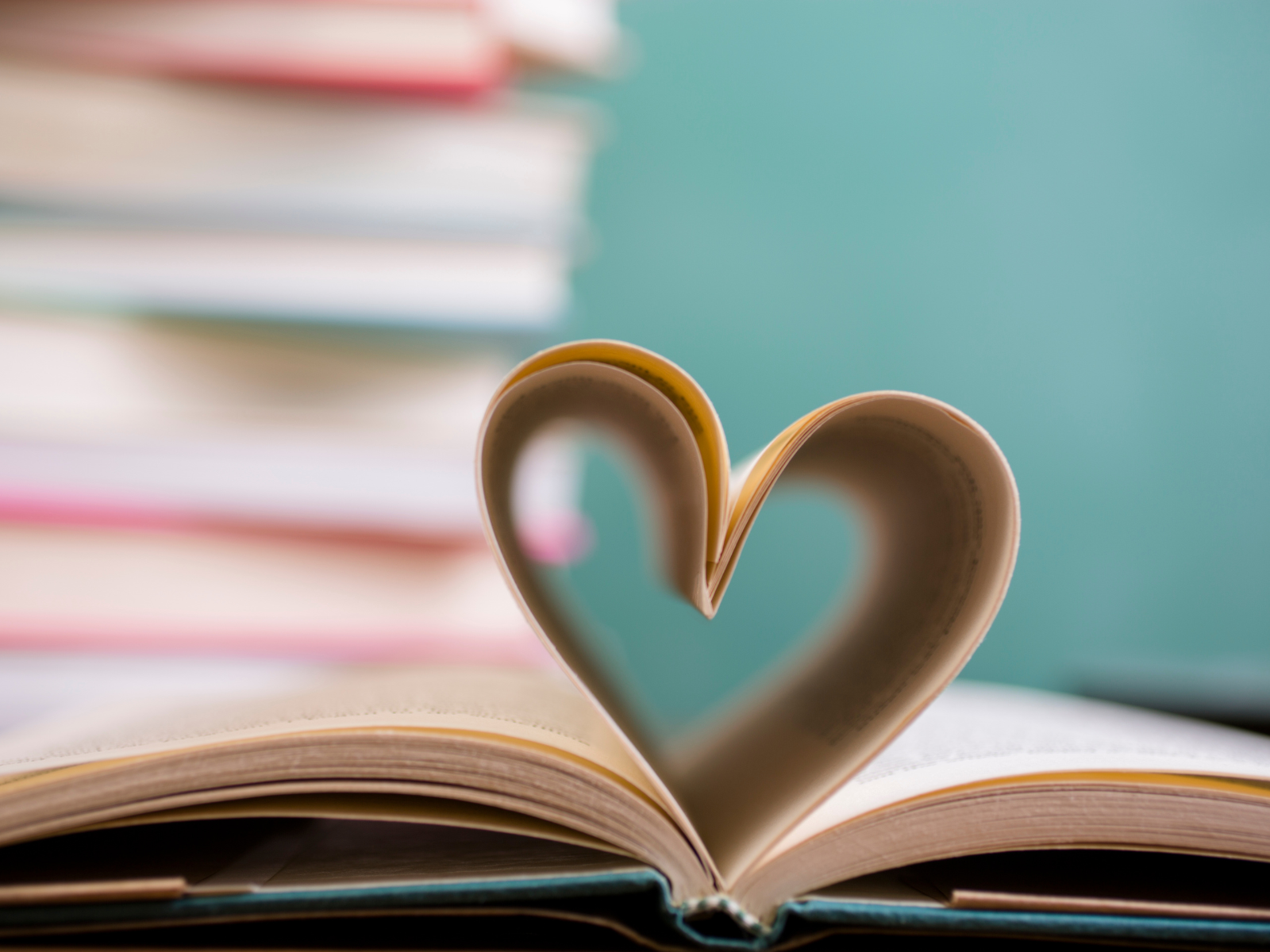
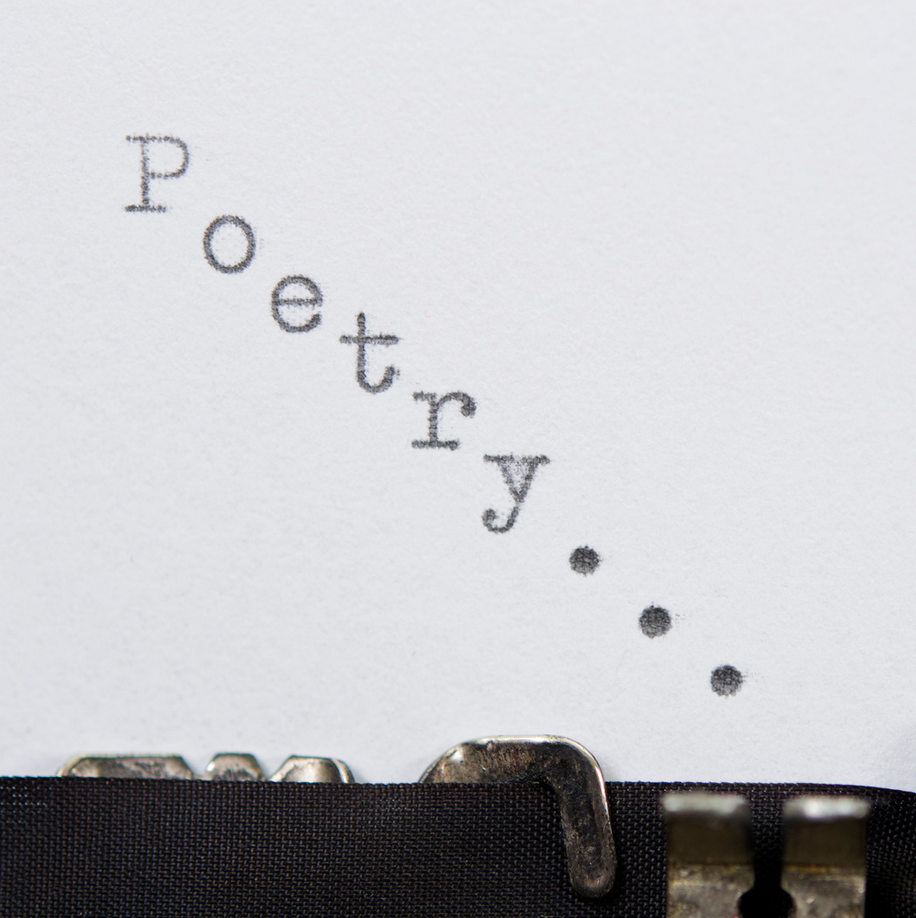
Eager to write poetry that rhymes? Check out Helpful DIY's video!
Want even more content about creativity and art?
Be sure to check out all of our creative chronicles!
Love writing and poetry? Considering creating your own written masterpieces?
Check out some of our other articles and poems:

